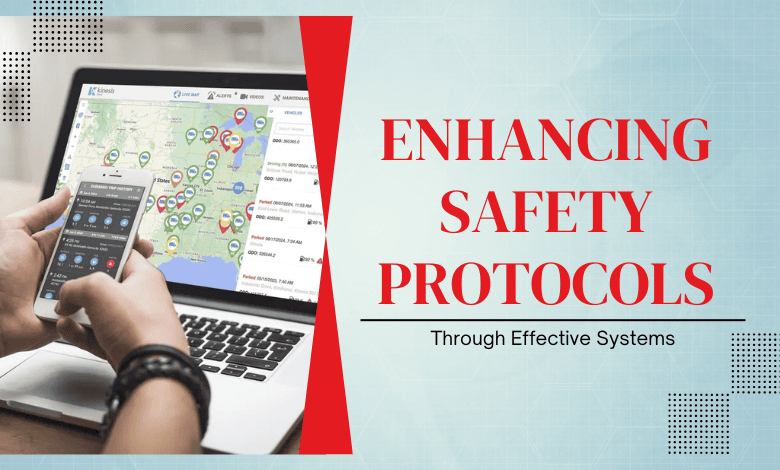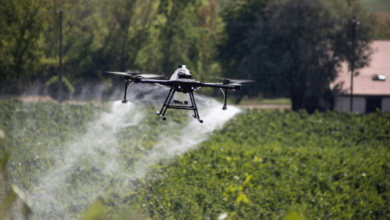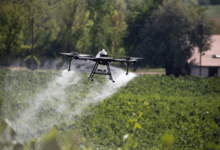Enhancing Safety Protocols Through Effective Systems

Ensuring safety within various industries is a constant priority for everyone. As technology advances and the complexities of operations grow, effective systems are pivotal in enhancing safety protocols. From manufacturing plants to healthcare facilities, robust safety measures help mitigate risks and safeguard employees, clients, and assets.
The Importance of Well-Structured Safety Systems
Effective systems provide a structured framework for managing safety protocols. They establish clear guidelines, streamline communication, and enforce safety practices consistently. Whether it is a workplace adhering to occupational health and safety standards or a medical facility implementing infection control protocols, structured systems reduce the likelihood of errors and accidents.
Safety management systems (SMS) are particularly essential in industries with high-risk operations, such as construction, aviation, and manufacturing. By integrating policies, procedures, and practices into a cohesive framework, companies can proactively anticipate potential hazards, conduct risk assessments, and implement preventative measures. Implementing tools like a driver vehicle inspection report (DVIR) helps maintain vehicle safety standards and ensures compliance with regulatory requirements.
Technology’s Role in Advancing Safety Protocols
The digital age has revolutionized how safety protocols are designed and implemented. For instance, automated monitoring systems can detect real-time anomalies, triggering alerts before incidents escalate. Additionally, advanced data analytics can identify trends and potential weaknesses in existing safety frameworks, allowing for timely improvements.
Wearable technology is also making waves, particularly in high-risk environments. Smart helmets and vests equipped with sensors can monitor vital signs, fatigue levels, and environmental conditions. These devices provide real-time feedback, empowering workers to take preventative measures and reduce accidents.
The Importance of Training and Education
Even the most sophisticated safety systems are only as effective as the people who use them. Comprehensive training programs ensure employees are well-versed in safety protocols and understand how to respond in emergency situations. Regular drills, workshops, and ongoing education foster a safety-centric culture, ensuring everyone remains vigilant and proactive.
Implementing an accessible reporting system also encourages employees to voice safety concerns without fear of repercussions. When workers feel their input is valued, it enhances the overall effectiveness of safety protocols.
Continuous Improvement Through Auditing and Assessment
Effective systems are never static. Regular auditing and assessment are crucial for identifying areas of improvement. This process involves evaluating current safety protocols, reviewing incident reports, and implementing necessary updates. Continuous improvement ensures safety measures remain relevant and capable of addressing emerging challenges.
Moreover, external audits provide a fresh perspective, offering valuable insights that internal reviews might overlook. Engaging third-party professionals to assess safety systems can further enhance the credibility and reliability of implemented protocols.
Conclusion
Enhancing safety protocols through effective systems is an ongoing endeavor. As industries evolve, so must their approach to safety. By combining technology, training, and continuous improvement, businesses can create environments that prioritize safety and minimize risks. Investing in robust systems not only protects employees and clients but also contributes to long-term sustainability and growth. Prioritizing safety through well-designed systems ultimately fosters productivity, trust, and resilience, ensuring long-term success across all operational levels.
For more articles that pique your interest, check out WordPlop.






